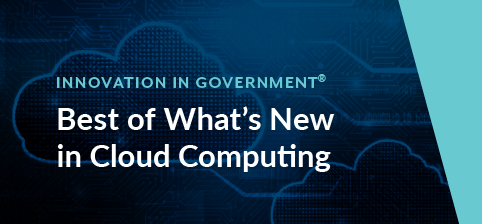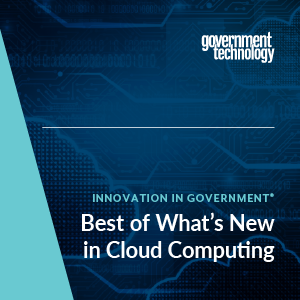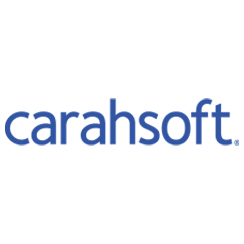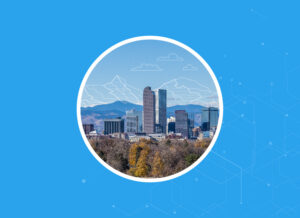This may be a make-or-break moment for jurisdictions newly converted to the cloud. As state and local governments scrambled to respond to new COVID-driven requirements, cloud-based contact center platforms, chatbots and web portals helped multiple states and localities quickly scale capacity for unemployment insurance and social services programs. In addition, cloud-hosted video collaboration platforms helped agencies shift employees to remote work on the fly and virtualize public meetings. IT leaders must now evaluate and rationalize the multiple cloud solutions they adopted so quickly. Now is also the time to look at cost optimization for cloud solutions. The COVID response has showcased real-world benefits of the cloud — and that experience is likely to accelerate a trend that was already underway as governments focus more attention on modernizing old systems and applications in the wake of the pandemic. Read the latest insights from industry thought leaders in cloud in Carahsoft’s Innovation in Government® report.
Cloud Migration as a Path to Modernization
“While there may be an increase in initial costs associated with modernizing legacy technology, the economics strongly indicate that maintaining dated infrastructure is more expensive in the long term. The biggest hurdle organizations face when migrating to the cloud is unpredictable costs. The cloud offers tools and resources to optimize investments and plan for the costs associated with migration. In addition, properly planning your move to the cloud helps agencies accurately budget for such a transition. When they do this correctly with the guidance of a strong partner, state and local governments see significant cost savings.”
Read more insights from the Partner Development Manager for Carahsoft’s AWS Team, Sehar Wahla, and the Sales Director for Carahsoft’s AWS Team, Tina Chiao.
How Does Evolving Cloud Adoption Impact Security?
“One approach is to standardize processes — think NIST or MITRE — so you have a common framework and language for measuring things like risk and attacks. That helps normalize the differences between cloud and traditional security so security teams can better understand what a risk actually means in a cloud environment. On the technology side, traditional threat profiling needs to move beyond the viruses and ransomware conversation and move toward user and entity behavior management, which looks at how users normally access and use an application. Organizations also need to articulate how separate applications securely exchange data for things like enterprise analytics. This is a nascent use case, but it has implications for critical systems where data integrity is important.”
Read more insights from McAfee’s Chief Technology Strategist, Sumit Sehgal.
“The biggest challenges include security, cost, having the technical expertise to successfully migrate into these hybrid environments and understanding which applications are best suited to run there. Organizations often spend a lot of time and money and introduce security vulnerabilities because they try to move applications that are not designed to run in a cloud environment. With the pandemic, organizations are under pressure to rapidly move their workforce into cloud environments. There can be a tendency to cut corners to save time, but these sacrifices can also create vulnerabilities.”
Read more insights from SAP NS2’s EVP of Software Development, Bryce Petty.
Paving the Way with Open Source
“There’s a realization that the cloud isn’t a silver bullet and that to be successful, organizations need to look at cloud adoption holistically. They need to take best practices into account when it comes to securing the environment, training and enabling staff, and even engaging in the procurement process. Open source supports a cloud smart strategy by helping eliminate vendor lock-in risk and technical debt. By using open source technology and an open source cultural process — where there’s transparency, collaboration and the ability to iterate quickly — organizations can solve their business problems and adapt their requirements based on emerging best practices. They’re not beholden to proprietary systems that may create friction for innovation and are potentially costly to replace, upgrade or move to the cloud.”
Read more insights from Red Hat’s Emerging Technology Lead, Frank DiMuzio.
Download the full Innovation in Government® report for more insights from these government cloud thought leaders and additional industry research from GovTech.








